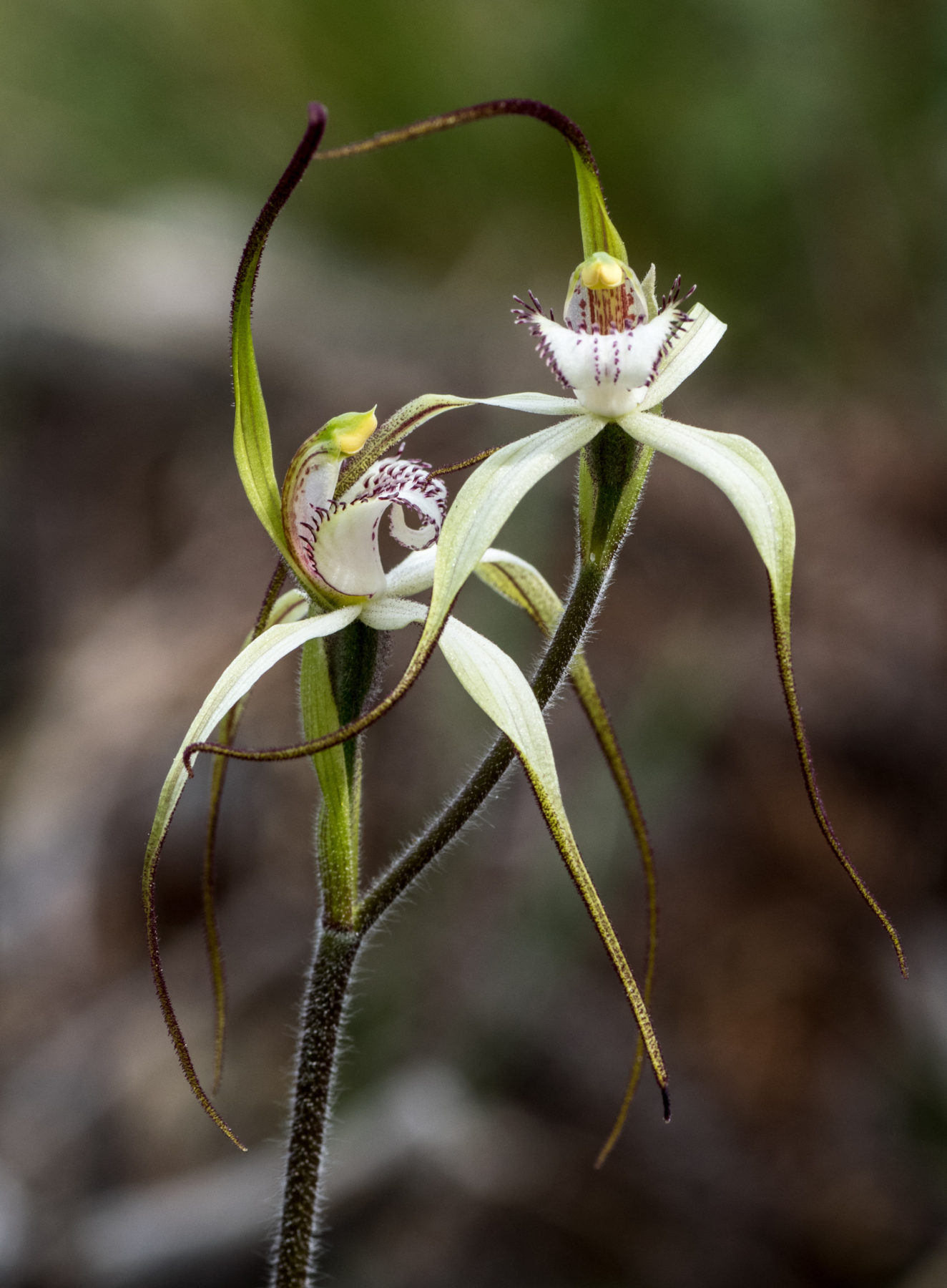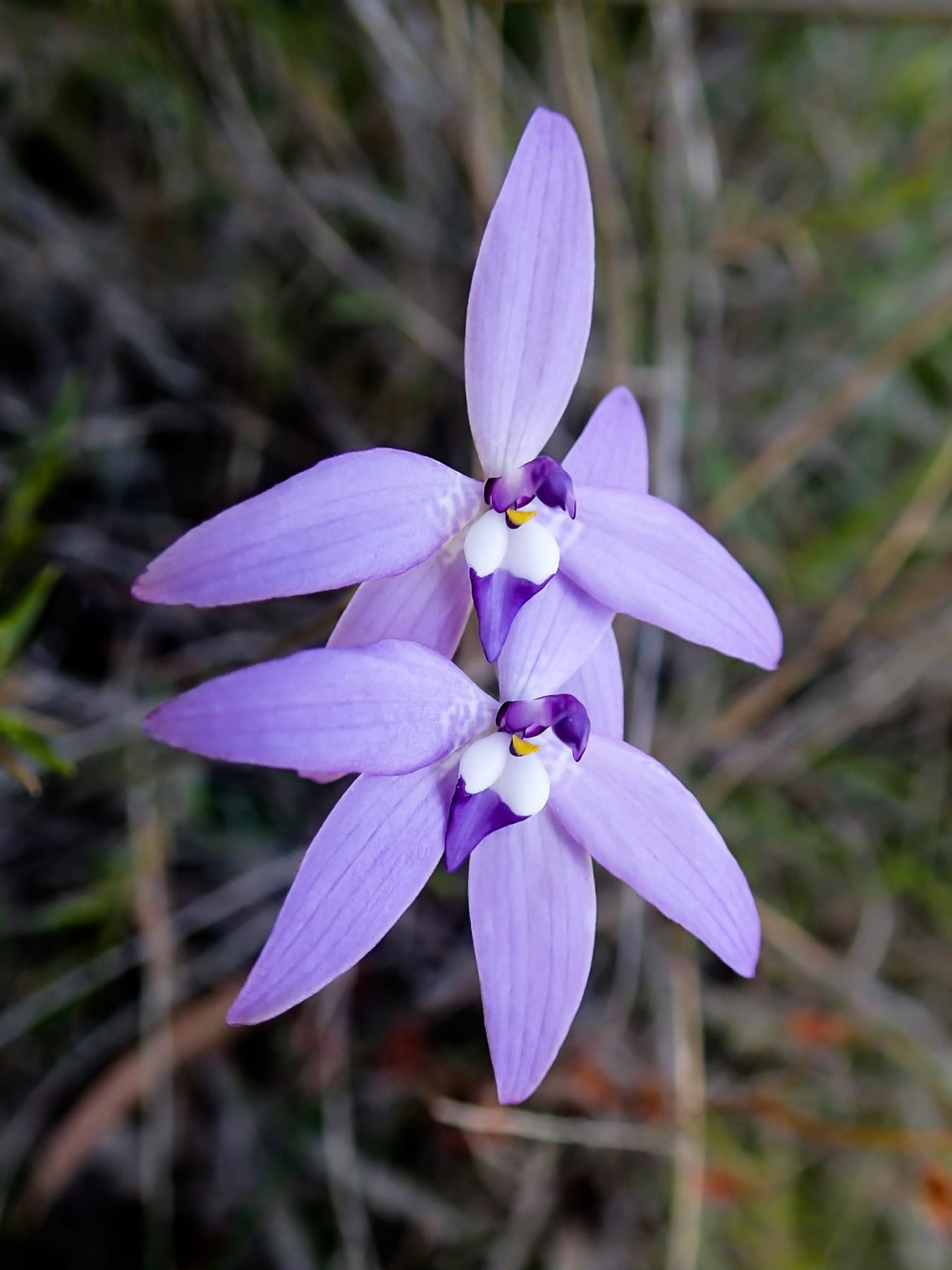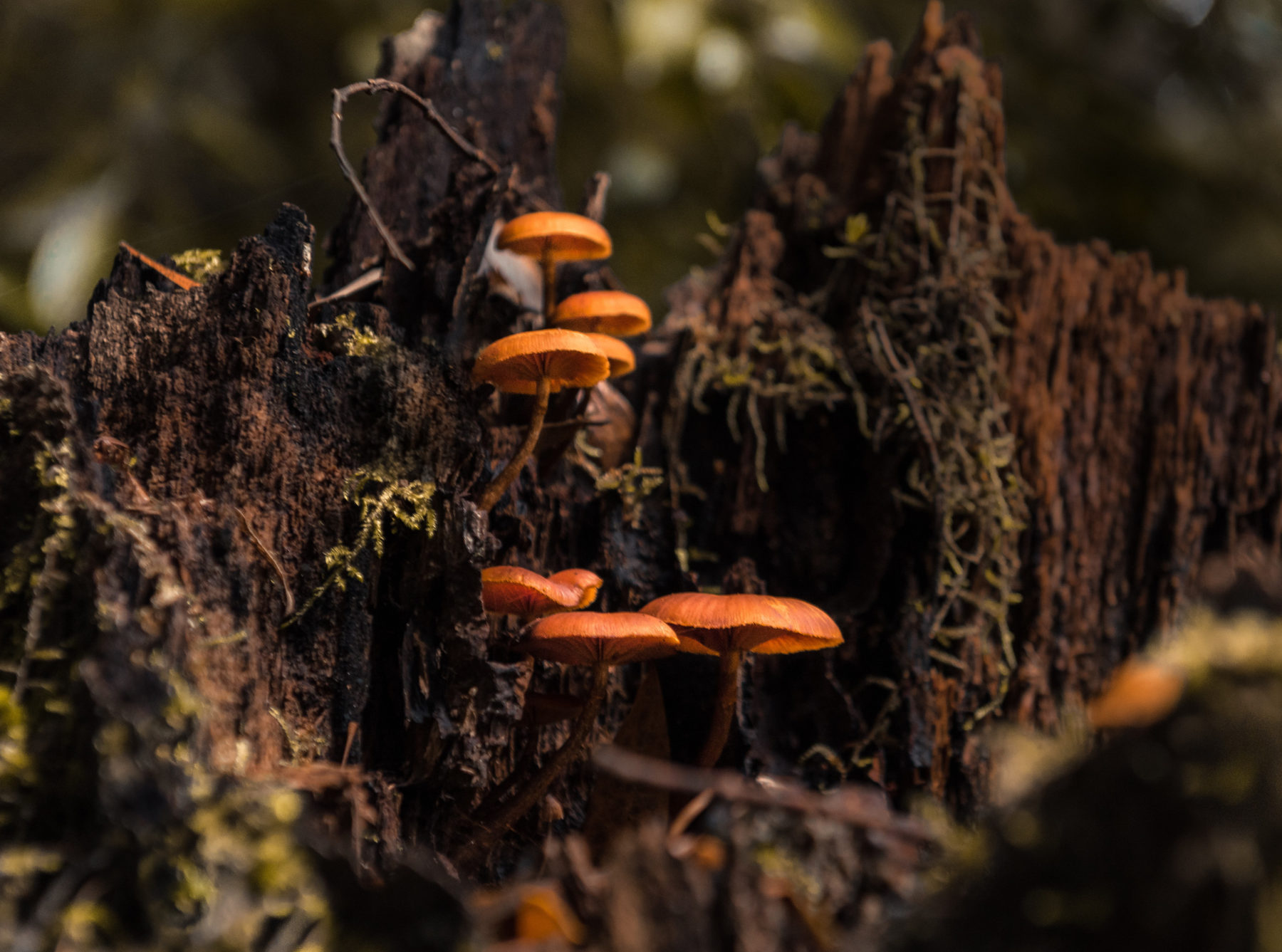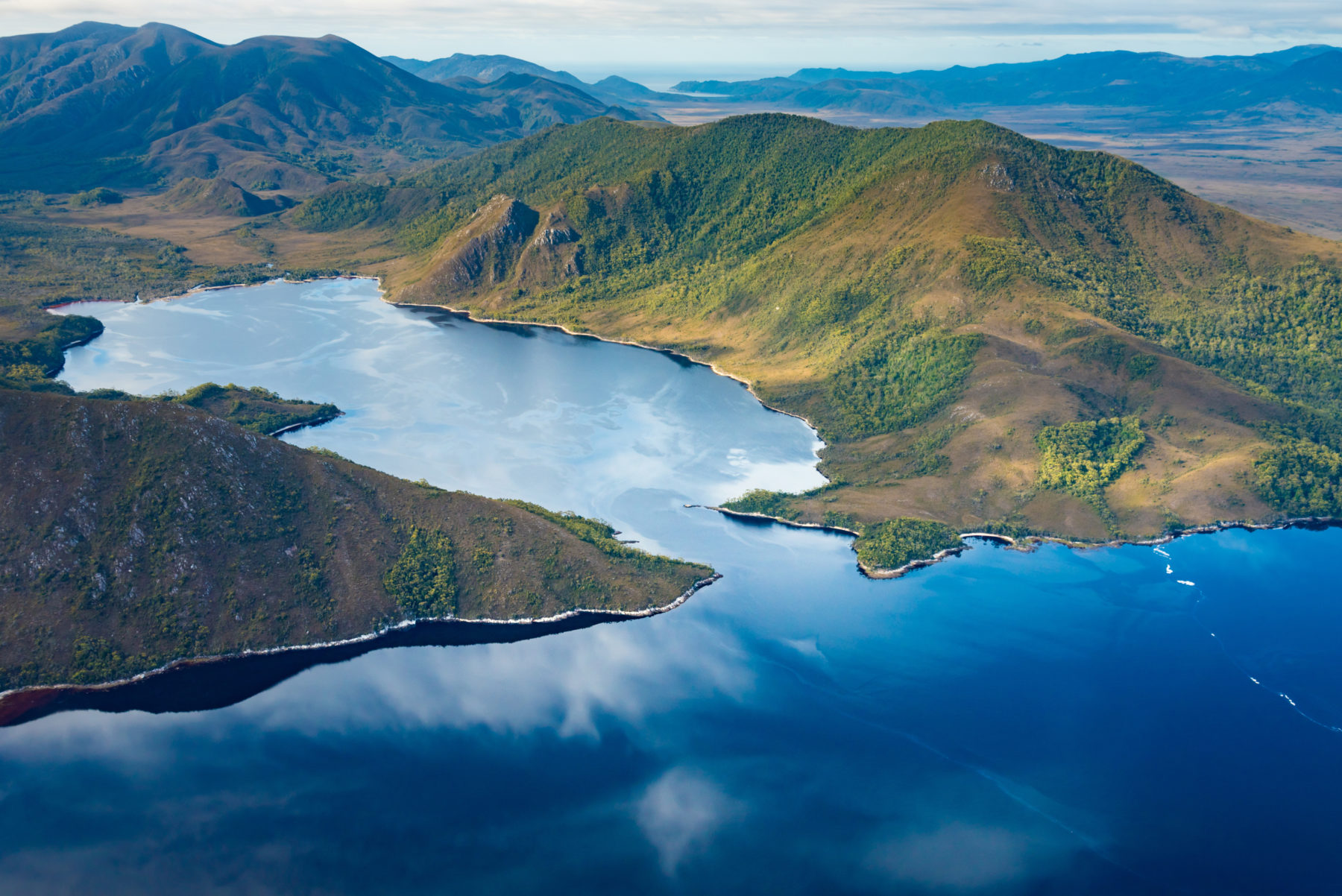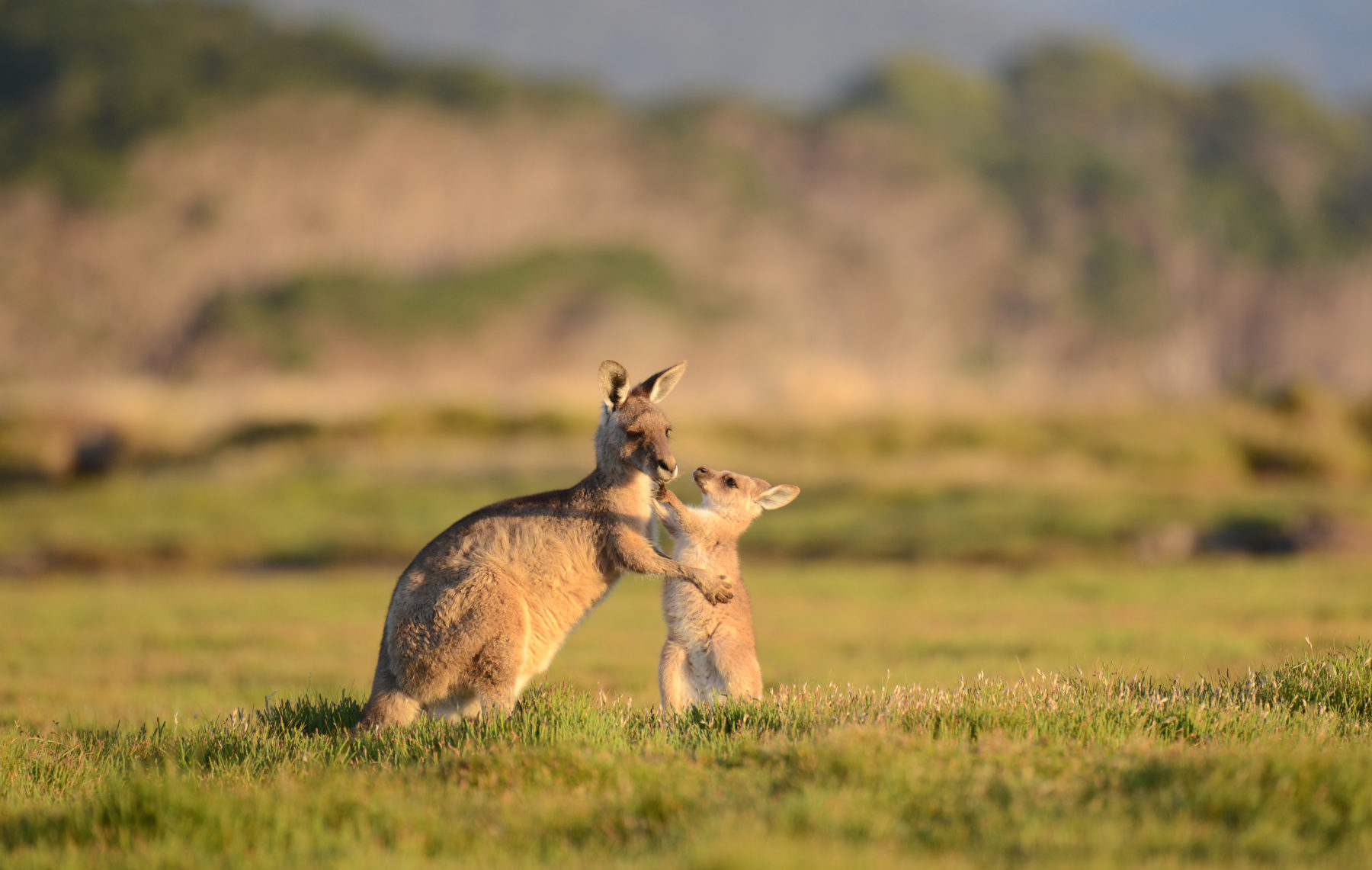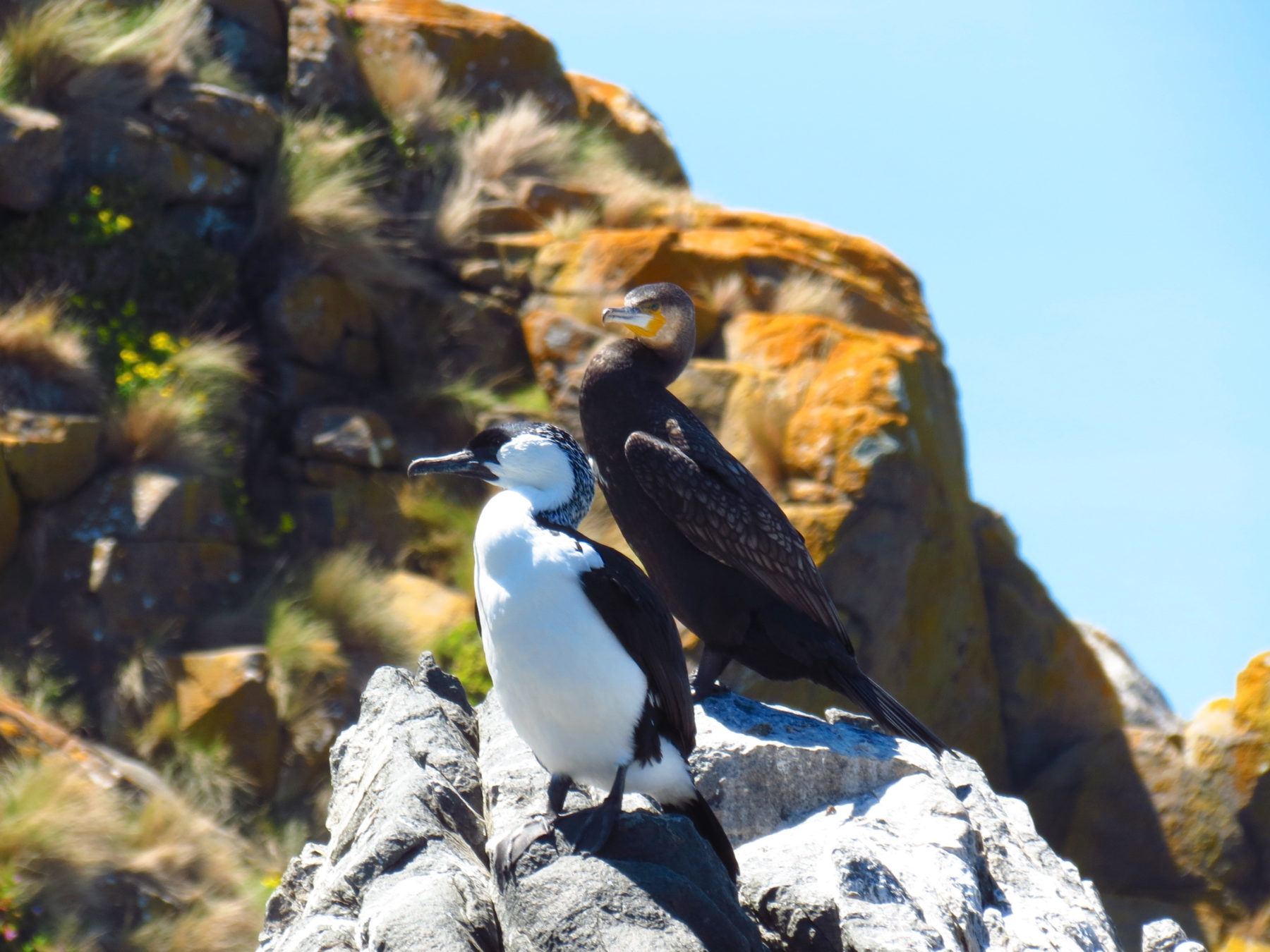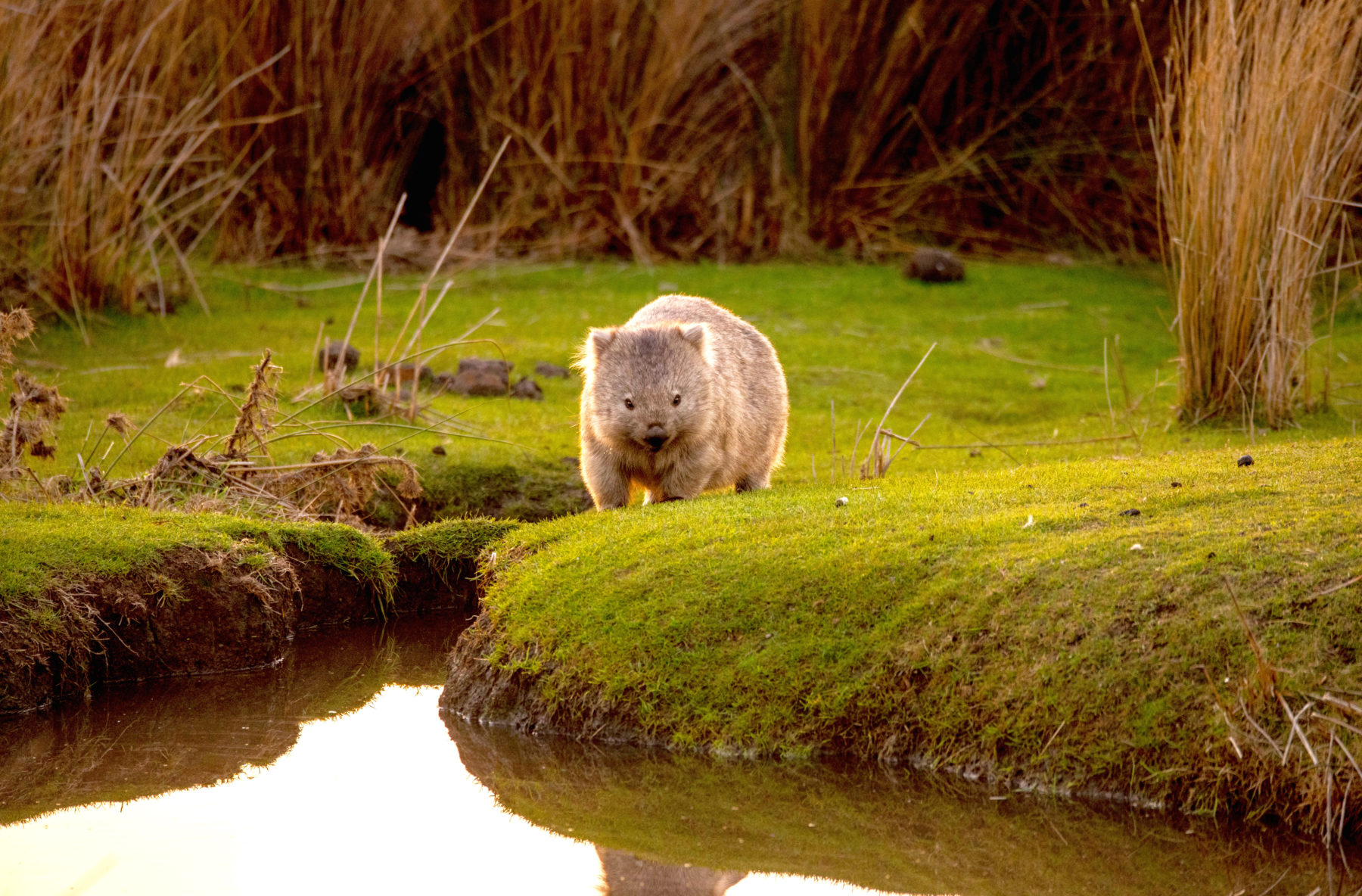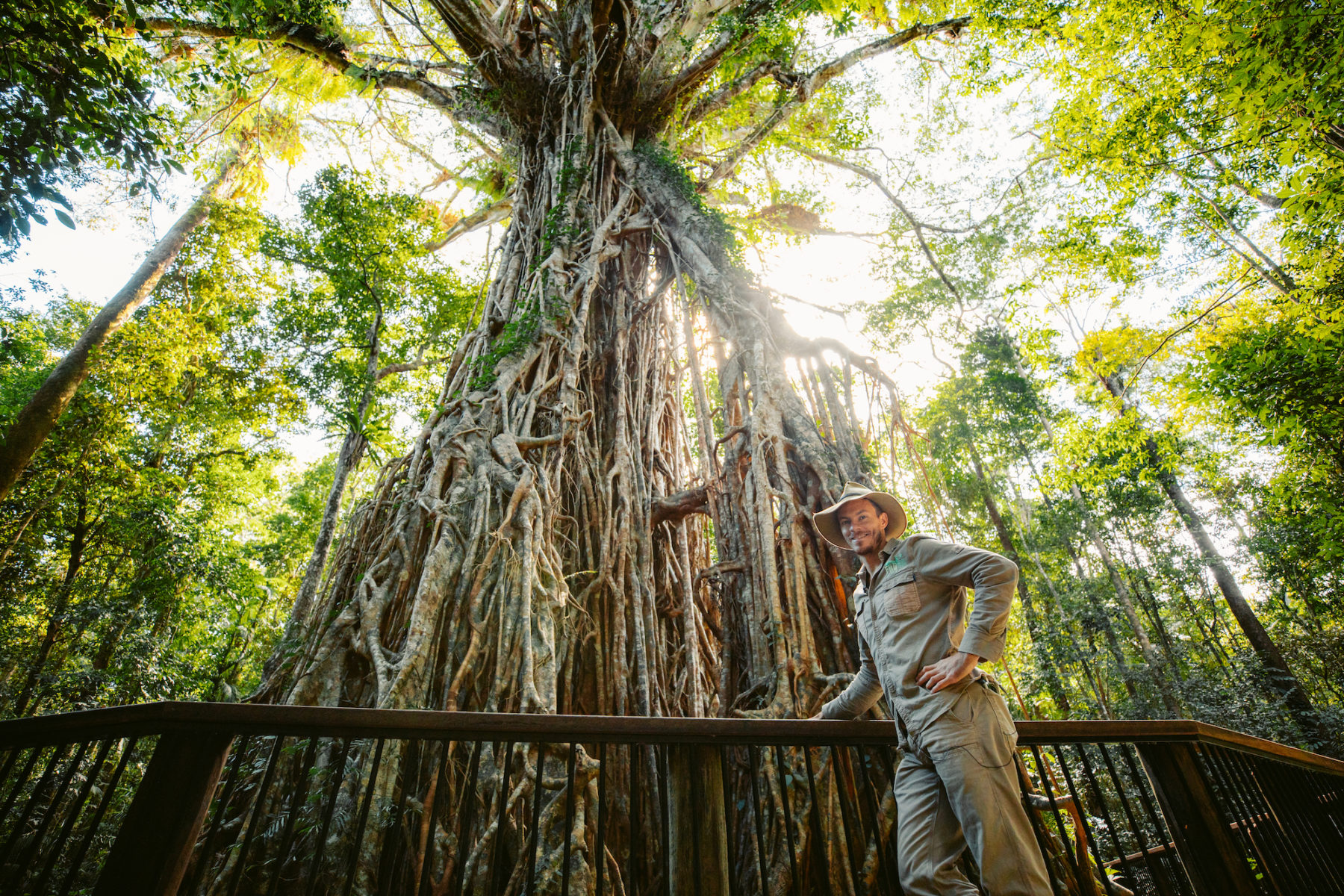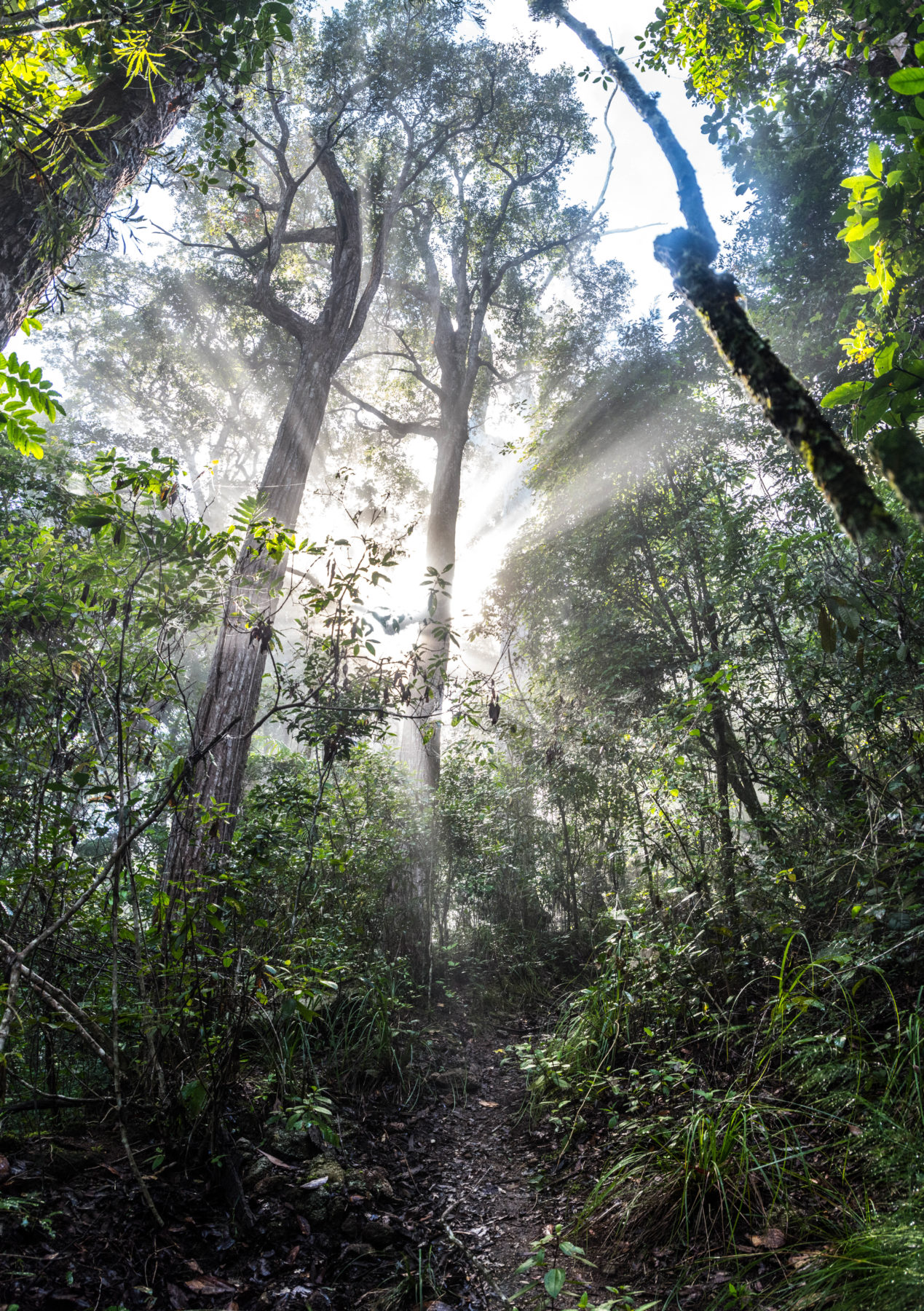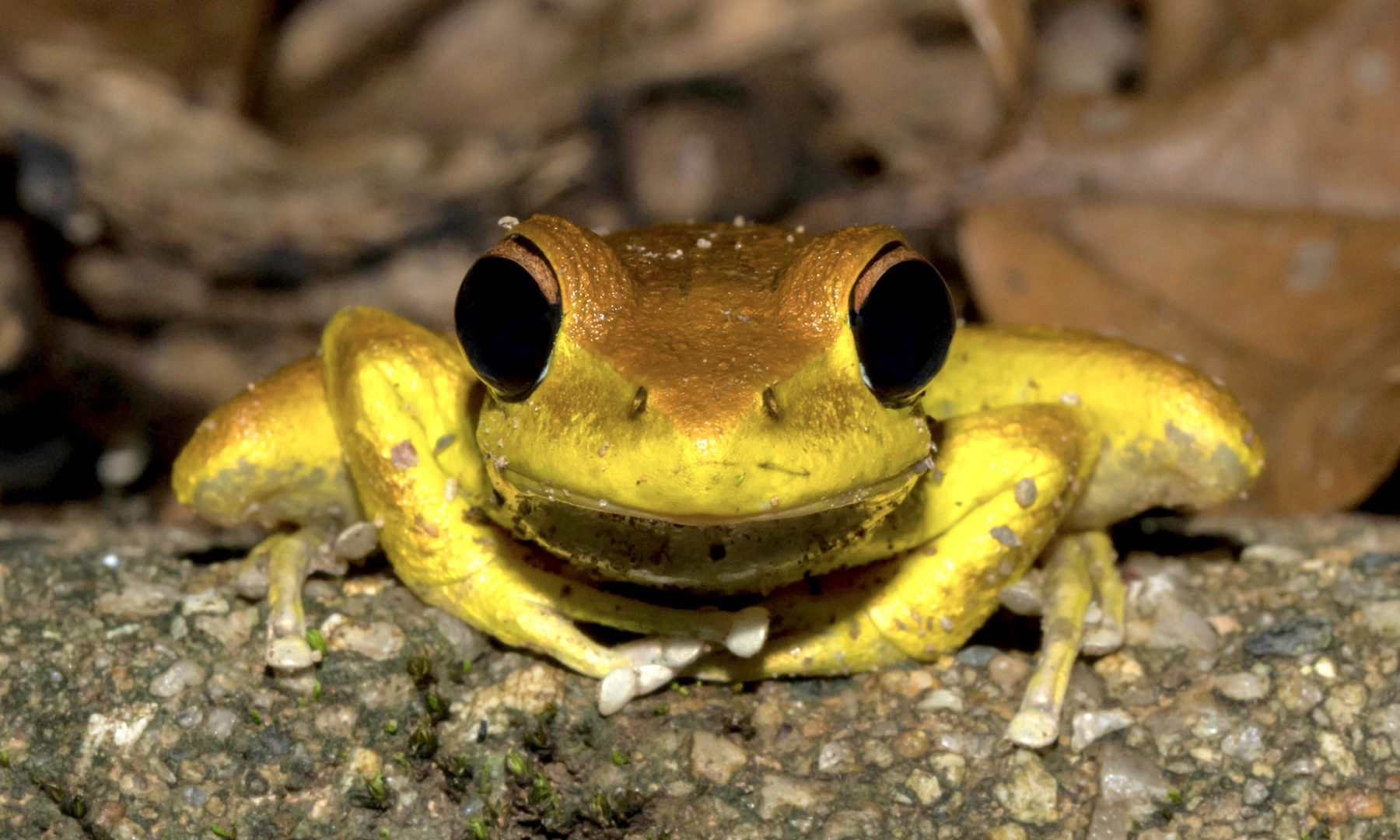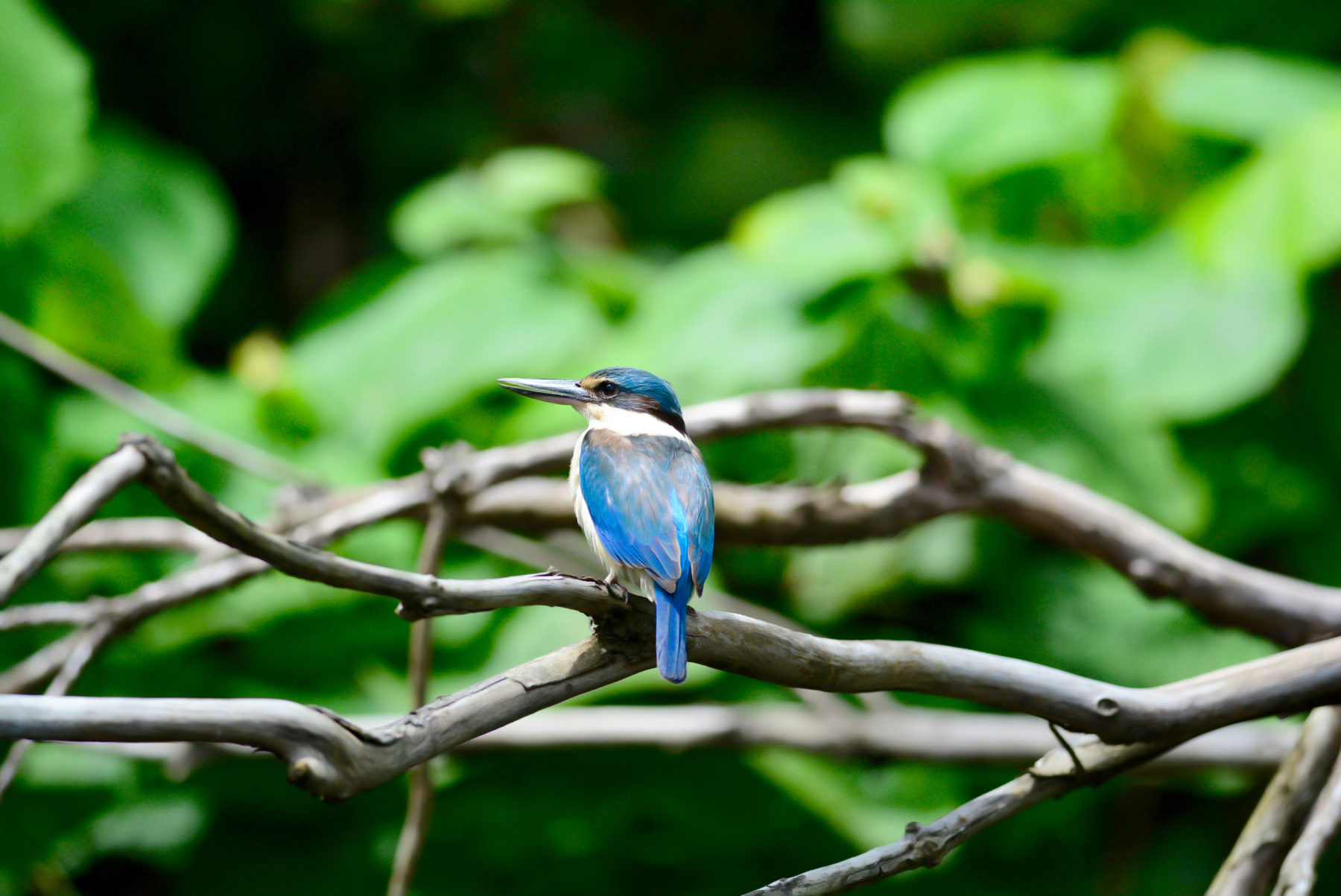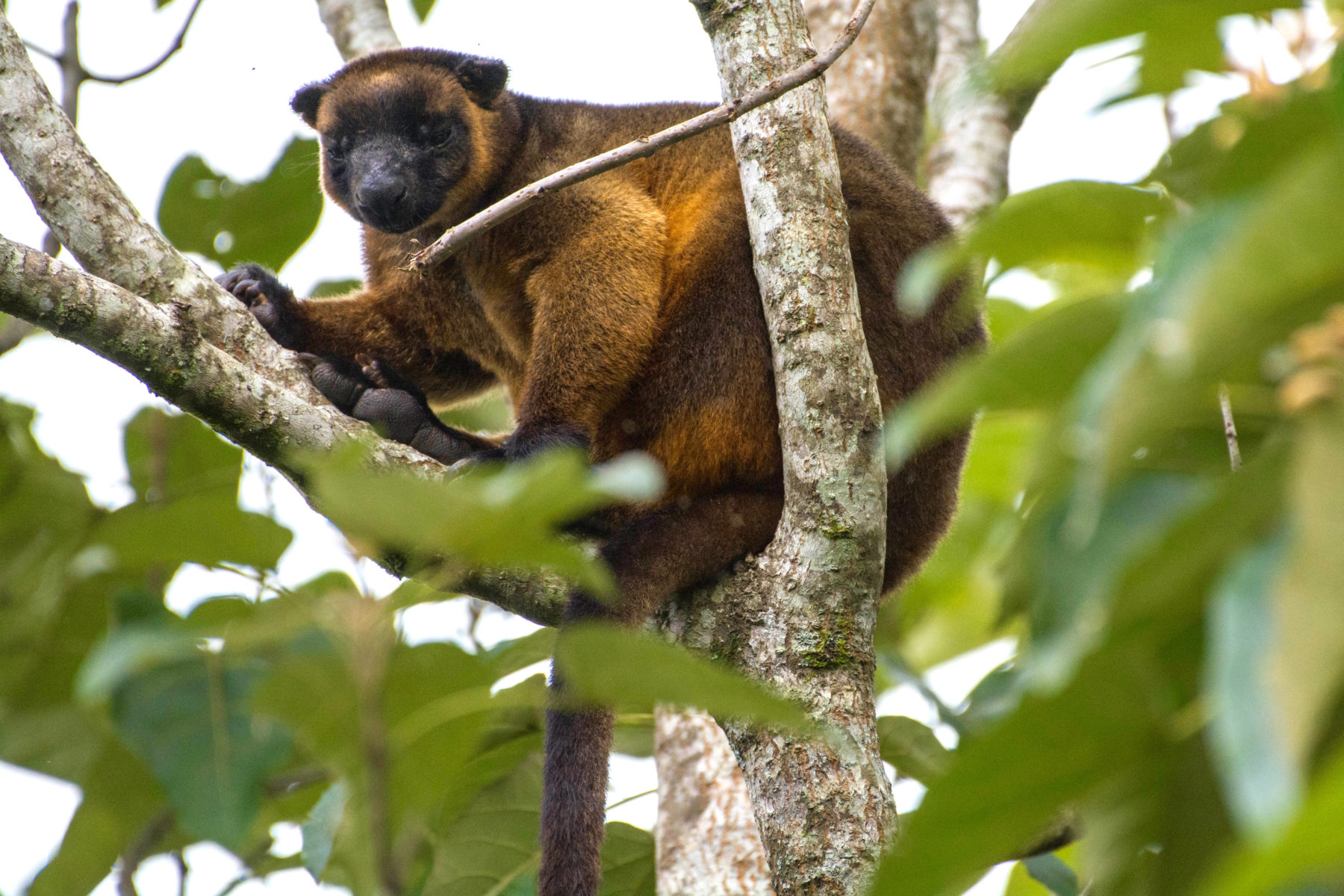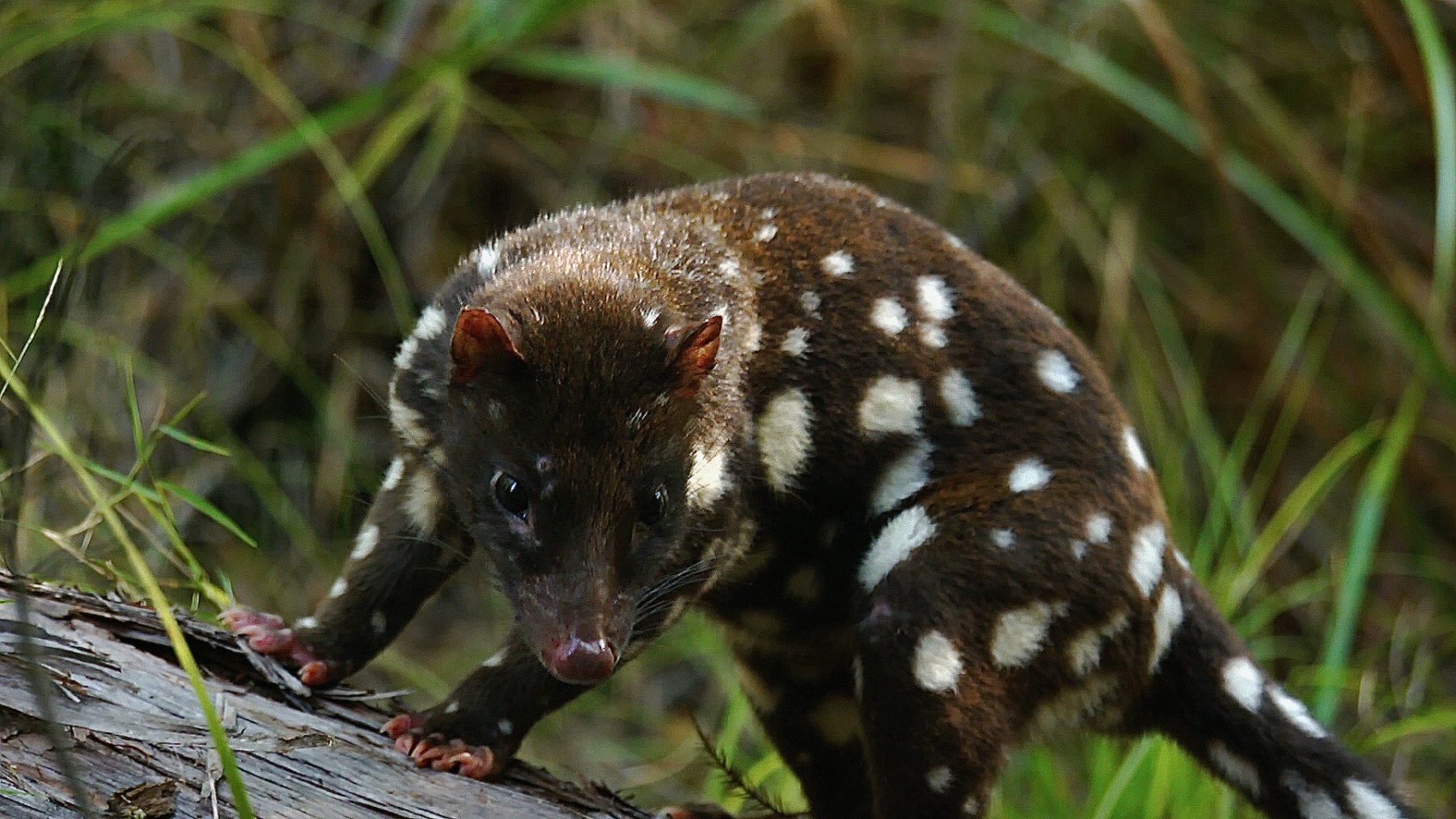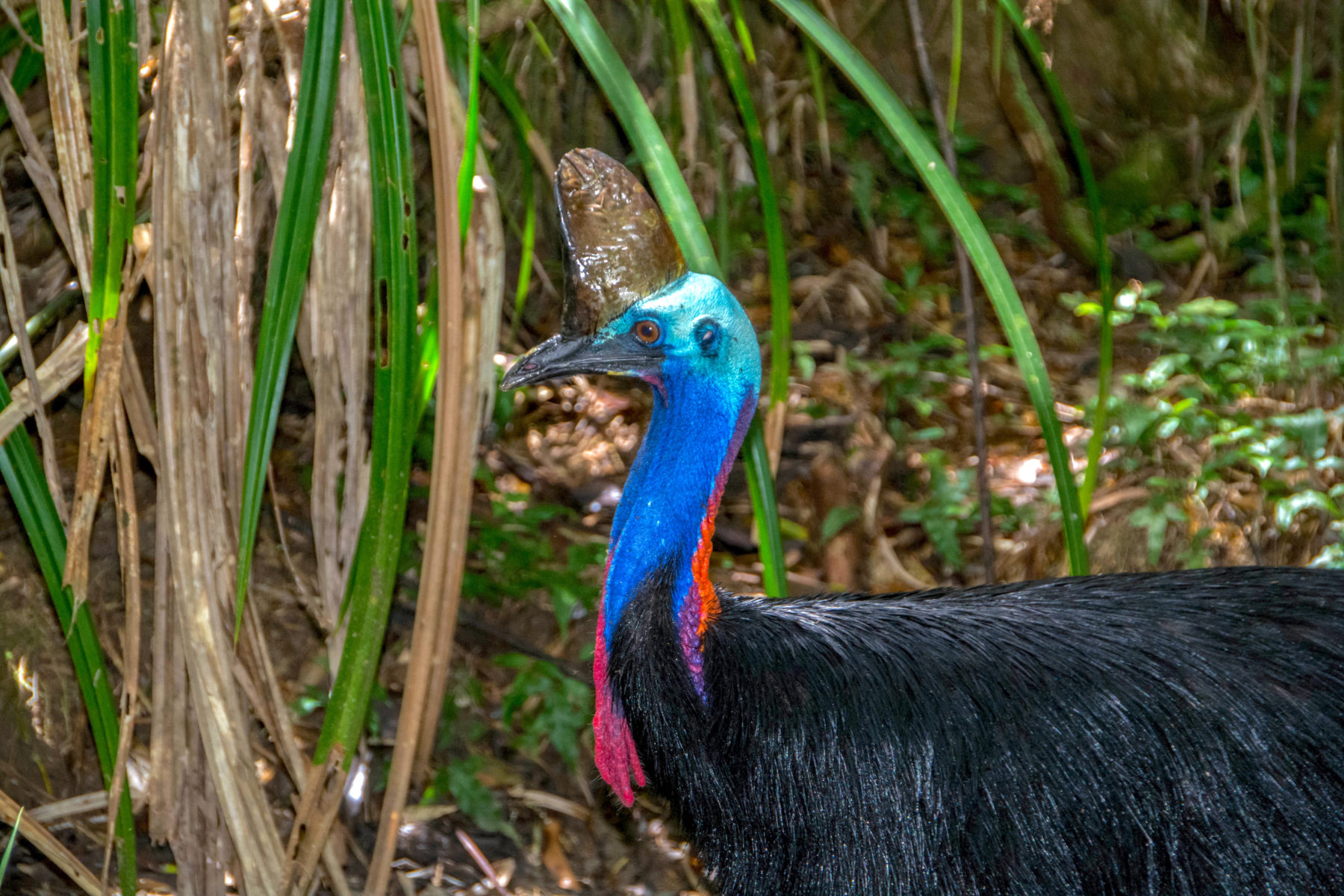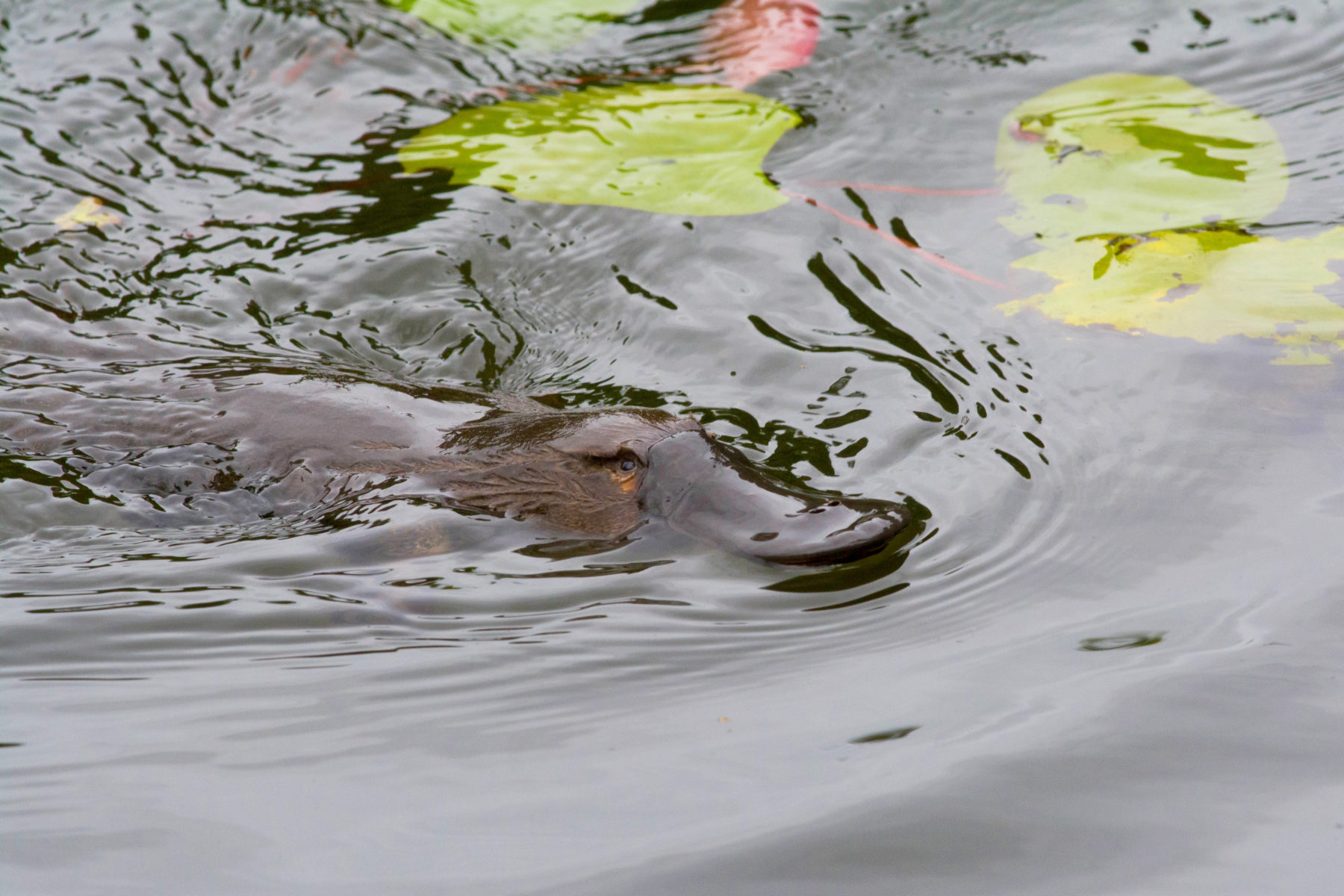Planting the seed – conservation tours take root

You might not associate the words beauty, sex and deception with anything other than the promo lines for a raunchy new Netflix series, but you’d be surprised to know we’re actually talking about plants. Specifically, orchids.
Geoff Curry has been fascinated by orchids since he first saw these hardy yet delicate plants when he was a little tacker growing up in Weipa on Cape York, Queensland. “I spent lots of time camping and fishing with my family. We often saw epiphytic orchids growing and flowering and I wondered how a plant could survive growing on a tree without any soil to support it.”
These days Geoff is particularly interested in terrestrial orchids, orchids that grow in the ground. “All terrestrial orchids grow in association with microscopic fungi called mycorrhizal fungi. Some terrestrial orchids cannot make food for themselves and rely completely on the mycorrhizal fungi to survive. They are very complex plants that have developed unique pollination strategies and are often pollinated by only one single species of insect. When I speak about orchids I often start by saying I will be speaking about beauty, sex and deception. Orchids are beautiful flowering plants, they often use sexual deception or nectar deception to lure (usually male) insects into the flower to pollinate them,” Geoff said.
Geoff’s boyhood fascination has led to him being a passionate advocate for the world of plants. He is president of Threatened Plants Tasmania and a tour guide for Premier Travel Tasmania – a member of Australian Wildlife Journeys. He has his work cut out for him, as in Tasmania, there are almost 2000 native plant species with almost 500 of them classed as Threatened. To make matters worse, 300 of these species are endemic to Tasmania and grow nowhere else in the world.”
It is fascinating how plants interact with each other and how one change to that environment can have a big impact. Geoff explains: “There is an interaction between plants growing in a forest, the canopy plants protect and provide a unique environment for the understorey plants so in any forest environment there are multi layers from the canopy right down to the microscopic fungi, all of these play a vital role in the forest’s health and removing one of these layers or adding another layer such as invasive weeds can have a huge effect on the forest health.”
As a guide for Premier Travel Tasmania, Geoff can help educate people about Tasmania’s flora and advise on where to go to experience it, as well as showcasing native wildlife. Geoff said: “Tasmania is a small but very diverse state with many different environments created by geology and weather impacts, from the high rainfall temperate rainforests of the west coast, the dry open forests of the east coast and of course the rugged mountains and alpine areas. Each of these areas has its own beauty and flora making each of them interesting and unique. I personally like the wet eucalypt forests with their towering giant ash trees (the world’s tallest flowering plants) as the forest evolution and life story is one of extended periods of growth and total devastation by forest fire. These forests are best seen in Mount Field National Park.
“I also like to spend time in the dryer forests of the east coast as this forest has a much broader species list and is the home to many of Tasmania’s 200-plus species of native orchids. Freycinet National Park is the go-to area, with its towering granite peaks, perfect beaches and good walking trails,” Geoff said.
One of Premier Travel Tasmania’s tours is the five-day Tasmanian Wildlife Encounter, which has a mix of forests, coastlines, wildlife and a host of experiences. Highlights are Maria Island, Freycinet Peninsula, Bay of Fires and Cataract Gorge, a cruise at Wineglass Bay and a visit to Bonorong Sanctuary.
“I hope my (tour) guests take home the message that a forest does not just exist in isolation, it is a complex network of plants and animals that support each other, influenced by underlaying geology and weather patterns,” Geoff said.
Both Mount Field and Freycinet National Parks, as well as a host of other spectacular locations, are part of the Australian Geographic Tasmania tour – Wildlife and Conservation with Wilderness Flight Safari. It is a nine-day-eight-night itinerary offering a goldmine of unique opportunities to learn about conservation efforts to save marine life, rare species of birds and other native Tasmanian animals.
Forever wild
Just as passionate about flora as Geoff Curry, James Boettcher’s playground is the Wet Tropics World Heritage area in Far North Queensland. Founder and guide for FNQ Nature Tours, James has always loved the outdoors, and was fascinated and excited by wildlife and the natural world when growing up. “Almost every day, I find myself somewhere in the environment, and all the while, surrounded by trees and plants. One just can’t help being curious about plants! Especially where I guide tours in the Daintree Rainforest, there’s no shortage of ancient flora.”
By ancient, how ancient are we talking? James elaborated: “The Wet Tropics World Heritage Area has a fossil pollen record going back 180 million years, making our rainforest, the ‘oldest rainforest in the world’. The primitive flowering plants that have survived in this botanical refuge are truly paramount for the historical value of vascular plants on Earth. Hence why many others and I consider these areas to be a living museum.”
As for his favourites, he said: “I personally love big fruit-bearing trees like ficus and Syzygium trees, for the energy they attract in the forest. Most famous in our region would be the primitive flowering trees, such as the green dinosaur aka ribbonwood (Idiospermum australiense). Ribbonwood is endemic to the bioregion along with many other interesting angiosperms. Another interesting tree would be blushwood. There have been recent studies to suggest the tree’s fruit may be a cure for melanoma, with the pulp being injected directly into skin cancer cells.”
As a guide for FNQ Nature Tours, a member of Australian Wildlife Journeys, James loves talking to his guests about not just plants, but how flora and fauna are intrinsically linked. One place that is a particular favourite on James’ tours is the Forever Wild Shared Earth Reserve. Formerly known as Mareeba Wetlands, it is now a 2023-hectare conservation property.
James said: “We have been incredibly lucky to receive unrestricted access to this wetland sanctuary, which has become a paramount destination for all our birdwatching tours. The reserve is a mosaic of old-growth savannah woodland and adjacent eucalypt forest with many creeks and permanent lagoons. The trees found around the reserve are not uncommon to most Australians who grew up in the country. Gorgeous melaleuca, tall grasses with scattered termite mounds. Plenty of acacias such as black wattle and grevilleas such as golden grevilleas.”
A key message for visitors on the tours to Forever Wild is how proper land management techniques can work. “With the techniques implemented by Forever Wild, we are seeing the return of many of birds that have not been witnessed in significant numbers in the areas for many decades. The Australian brolga is one. These management strategies include feral pest control and weed management.”
Forever Wild is also working with the Muluridgi, the Indigenous people of the area, to reconnect with the landscape.
On tour
Visiting the Wet Tropics is rewarding. This area encompasses around 9000sq.km of rainforest dotted with farmland, tropical savannah and rivers, along with its exquisite coastline. Birdwatchers are in their element here, keen to tick off sightings of some of the 450 bird species recorded – 13 of which are endemic.
Australian Geographic has a couple of itineraries that take in the Wet Tropics, including the North Queensland Tropical Birding Tour and the Far North Queensland, Wildlife and Conservation Safari. The Tropical Birding Tour is five days, four nights visiting the Daintree Rainforest, Cape Tribulation, Julatten, Shared Earth Reserve, Mareeba, Atherton Tablelands and Crater Lakes National Park. The tour picks up and drops off in Cairns and the amount of birdlife and fasincating plants you will see is quite incredible.
The Far North Queensland, Wildlife and Conservation Safari will be four days, three nights on a small group tour exploring the rainforest habitat, concentrating on the endemic wildlife found within it. From the endangered spotted-tail quoll to platypus and cassowaries, you are in a for a real treat.
More about Australian Wildlife Journeys
Australian Wildlife Journeys is the umbrella brand consisting of 13 independently operated wildlife tourism operators across Australia, including Premier Travel Tasmania and FNQ Nature Tours.
This article is brought to you by Australian Wildlife Journeys.
